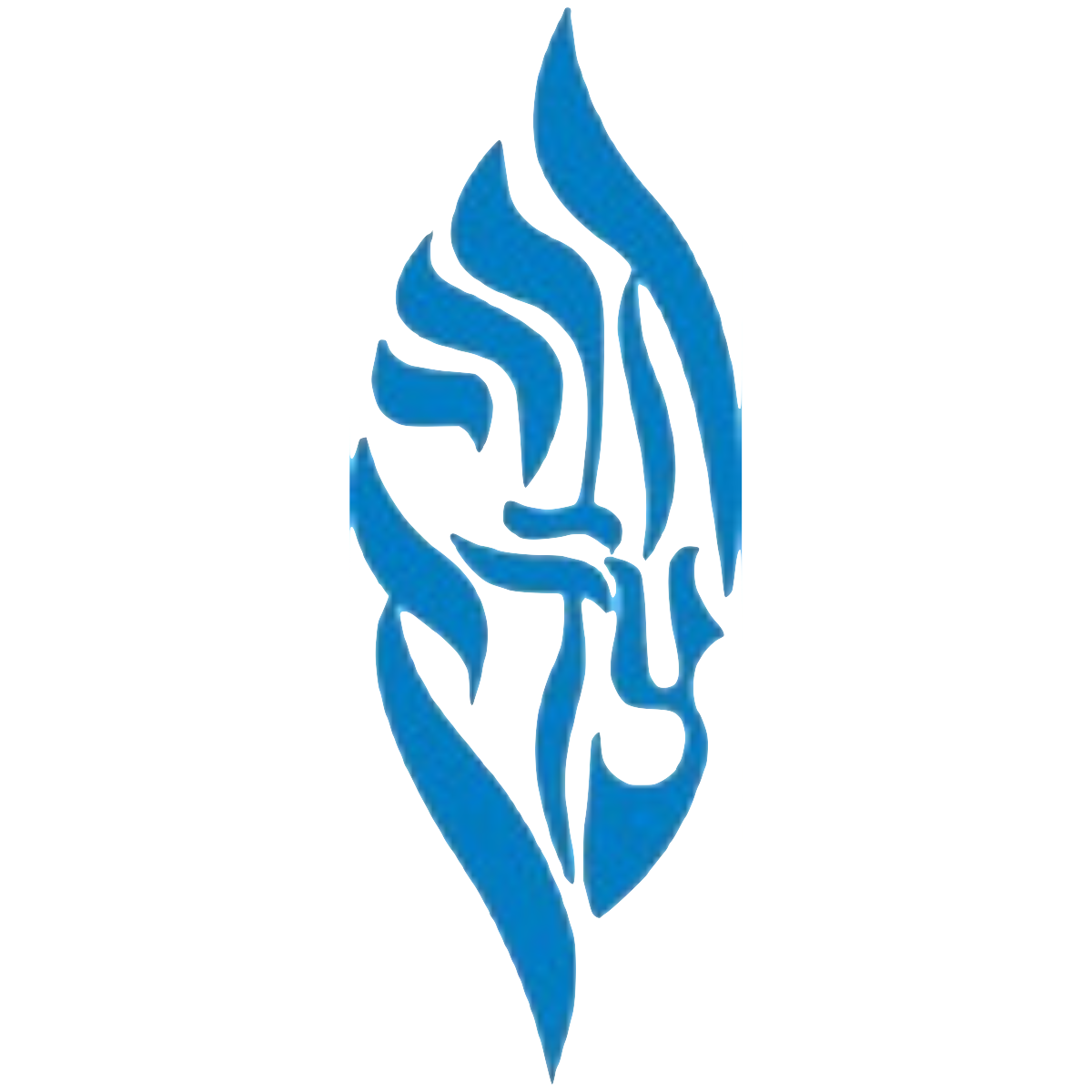Interdependence
This week, our annual hiatus on the first Shabbat of July overlaps with the national holiday of July 4, Independence Day. Independence, as many have discussed far more eloquently than I, is an American value well beyond the celebration of July 4. Stereotypically, Americans prize rugged individualism, the capacity to “pull ourselves up by our bootstraps” to achieve our goals. In order to be so self-reliant, you must have deep faith in yourself. And there’s something to be said for that. At the same time, our focus on the individual often leaves us cut off from others. “Bowling alone,” as it were, leaves us disconnected from our families and our communities.
That’s not to say that independence is all bad - it’s certainly not. However, I would argue that it’s not an authentically Jewish value. We see this clearly in our Torah reading for this week, Parashat Ḥukkat. The value that emerges from the parashah is not independence, but interdependence.
Interdependence is the state of mutual reliance on one other and is achieved when multiple individual entities know that they can rely on others and that others can rely on them, creating a secure bond. Each individual’s contribution to the relationship is valued as unique and important, forming the underpinnings of a sense of self that is ready to serve as well as receive. Put more simply, interdependence is knowing that we’re truly better together, keeping that knowledge front of mind in the relationships we form.
There are several places in the parashah that speak to the necessity of interdependence (as well as what else can go wrong when that sense of interdependence is lacking), but I want to focus on two of them. First, the opening chapter of the parashah, Numbers 19, enumerates the ritual of the red heifer. This ritual yields ashes that, when mixed with fresh water, can purify someone who has come in contact with a corpse.
In the Torah’s view, ritual purity is of great significance. For example, one who is ritually impure may not partake of the Pesaḥ offering – and not partaking of the Pesaḥ offering is considered a grave sin. In most cases of ritual impurity, the person in question needs to wait a specific period of time and then immerse in a mikveh, a ritual bath. Death impurity is not so easily cleansed. Only the ashes of the red heifer can do this, making the ritual a real necessity for the Israelite nation.
The ritual itself is complicated, with precise steps that must be followed. This is where interdependence comes in. The heifer must be slaughtered, then burnt in its entirety. Next, its ashes must be gathered and taken outside the camp, to be kept pure for later use. Each of these steps is done by a different kohen. Each of the steps renders the kohen who performed it impure and he cannot, therefore, perform the subsequent step. He must pass the baton to the next kohen, who will complete the next step before passing the baton again. One might think that such a consequential ritual should be performed as straightforwardly as possible, with as little outside interference as can be managed. The fact that it requires multiple participants communicates just the opposite, that interdependence is what’s necessary for such a significant task.
The second place where we see the value of interdependence at work is in what follows immediately after the ritual of the red heifer. In chapter 20 of B’midbar, we read of the death of Miriam, which results in the people no longer having water to drink. (Numbers 20:1-2) A well-ingrained midrashic tradition teaches that, due to Miriam’s merit, a divinely-ordained well traveled with the people through the wilderness, providing them with water. What was this merit? What did she do to earn the privilege of bringing water to the people?
One midrash teaches that it was because Miriam led the women in song at the splitting of the sea when they were leaving Egypt, bringing all members of the people into the experience of the miracle. (B’midbar Rabbah 1:2) Rabbeinu Baḥya (14th century, Spain) suggests that her merit goes back even further, to when she followed the basket containing her brother down the river, watching Moses be taken in by Pharaoh’s daughter, and then arranging for their mother to serve as wet nurse. In both situations, Miriam brought people together, elevating their contributions to the greater community at large.
The water’s disappearance after Miriam’s death leads to bitter complaining, Moshe disobeying God’s instructions for drawing water from a rock, and the devastating outcome that neither he nor Aaron would lead the people to the Promised Land. Miriam’s death unraveled the people’s sense of interdependence and tragedy ensued.
Interestingly, the short passage encompassing Miriam’s death and the lack of water refers to the people of Israel twice as an עדה (edah), a community. The Torah: A Women’s Commentary (published by the CCAR in 2007) notes the emphasis, explaining that the repetition “focuses on Israel as a collective in all its manifestations. Everyone is implicated in the events of the journey.” Referring to the people as a community serves as a reminder that, despite the fissures that Miriam’s death caused, they can only regain their strength together. Each person has a role, each person is necessary, each person is valued – creating and sustaining a truly interdependent community.
Just as it was for the Israelites in the desert, so may it be for us.
Shabbat Shalom.
